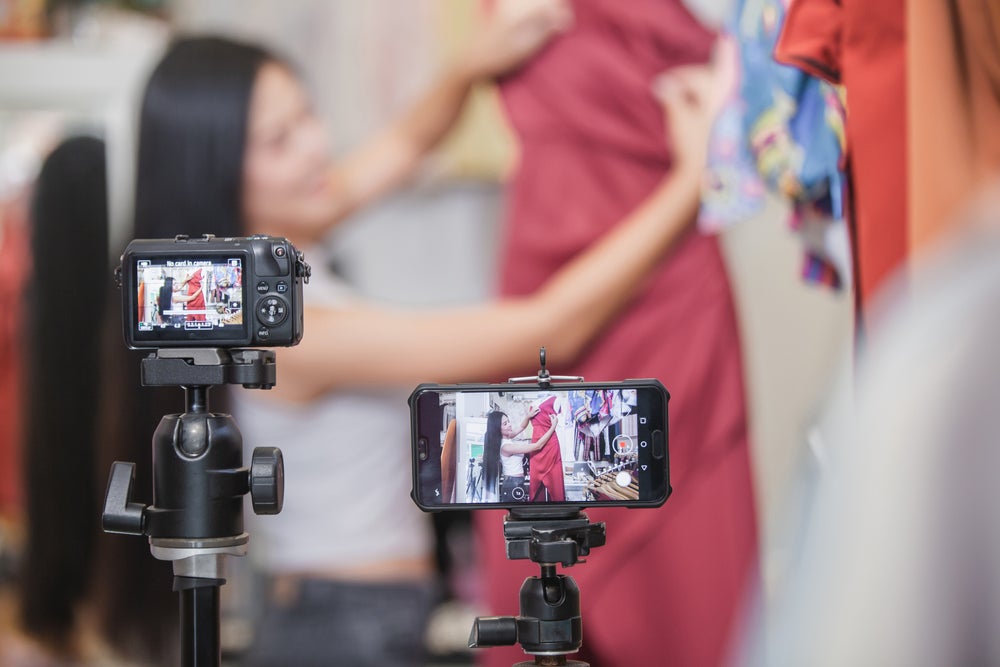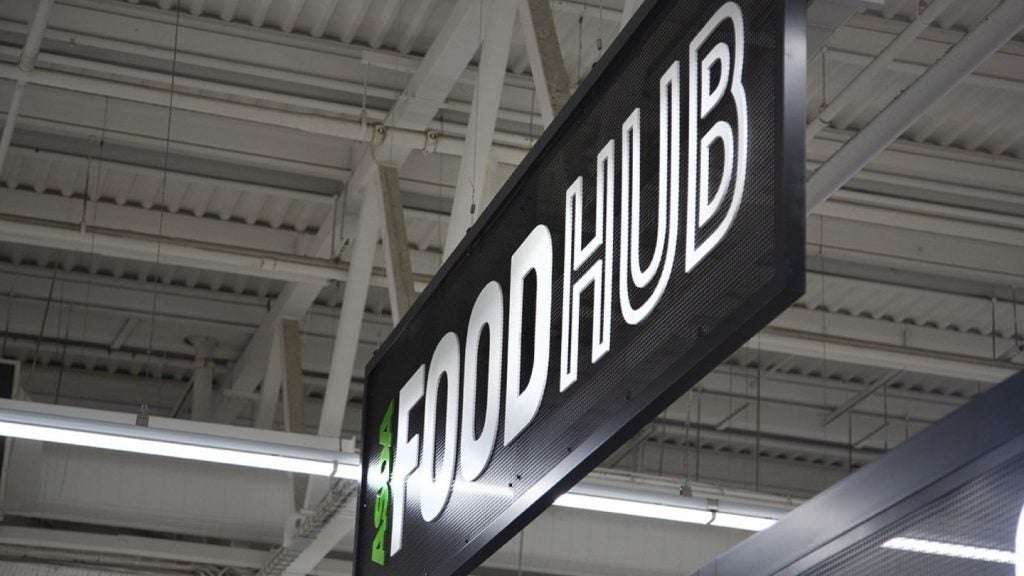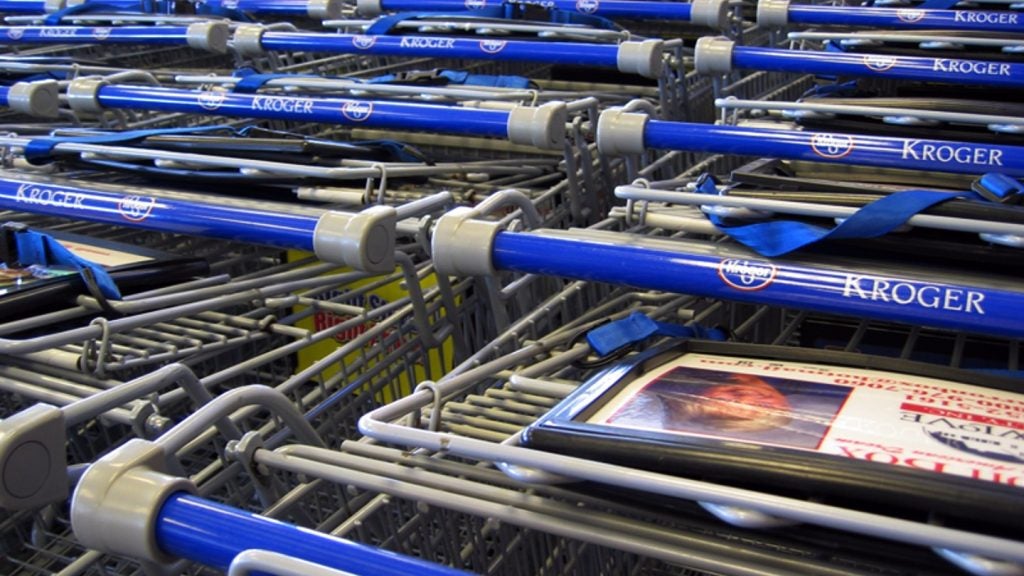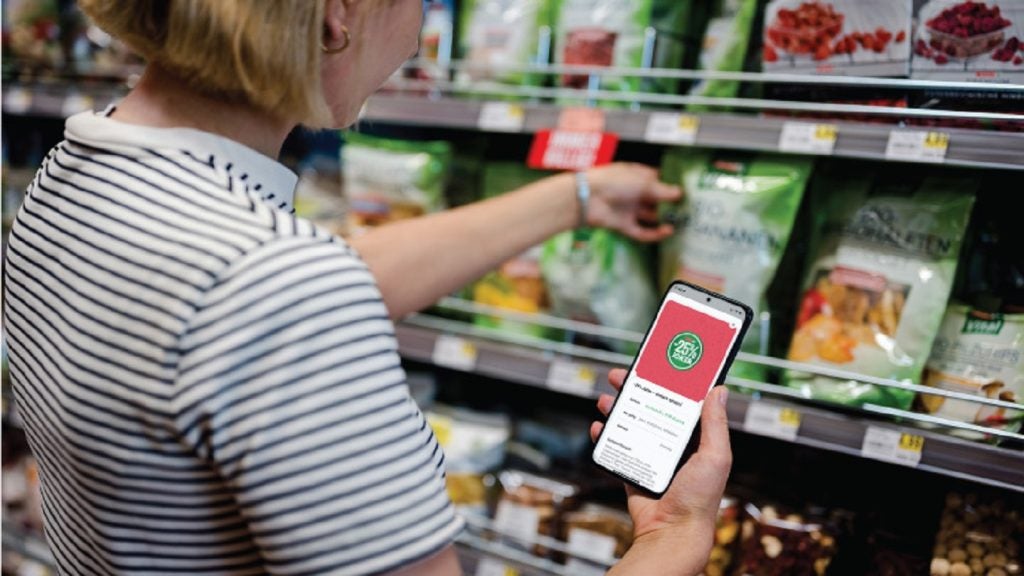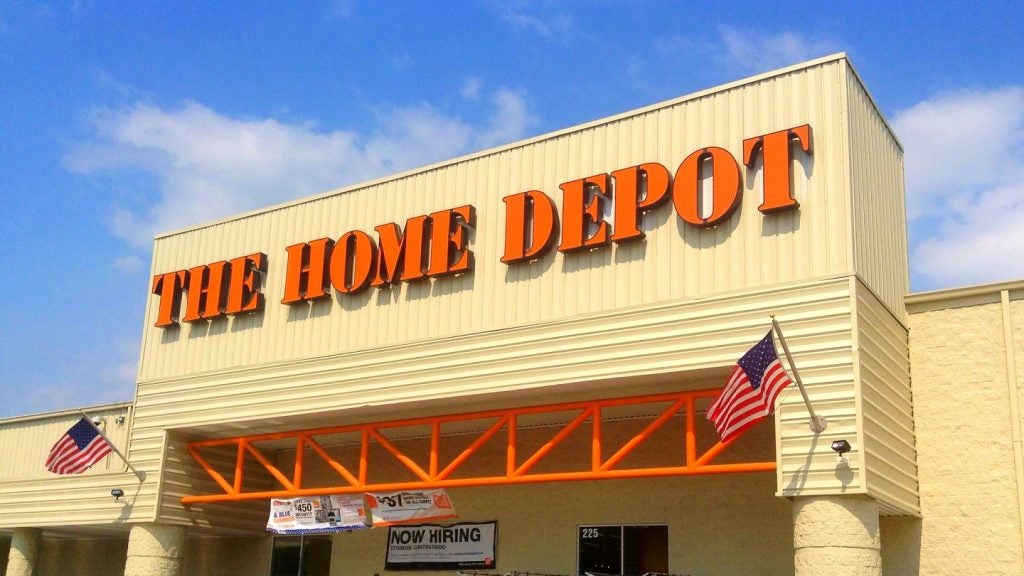Once only the playground of TV shopping channels, live shopping, also known as social commerce, has boomed among consumers with the advent of social media.
Livestream shopping, a trend that originated in China, has grown into a massive $512bn market.
GlobalData attributes this growth to rising disposable income, improved network connectivity, and the proliferation of mobile devices.
Major retailers are beginning to join the live shopping hype, such as Apple, which recently launched Shop with a Specialist over Video, a live shopping experience on its digital platform for US customers.
However, integrating live shopping into business operations can be daunting for smaller retailers. Retail Insight Network speaks to the CEO of live shopping solutions provider ELISA, Christian Vester, about why making this leap will pay dividends for retailers.
Why should retailers incorporate live shopping into their marketing budgets?
Christian: As a retailer, integrating live shopping into their marketing and sales strategy is a game-changer. It not only lets them engage with customers in real-time, but it also significantly boosts sales, especially through creating a sense of urgency and fear of missing out on limited offers.
There's also a unique value in allowing customers to ask questions, get immediate responses, and experience products virtually in a live streamed event together with thousands of other shoppers.
Plus, the direct feedback loop allows retailers to understand their consumers better, tailor offerings more precisely, and make the shopping experience more interactive and personalized. It's like having an entire sales floor online, where retailers can directly interact with every customer.
Which social media platform has the most success with live shopping and why?
Christian: Despite what most may think, Facebook and Instagram are the social media platforms at the forefront of live shopping. I'd attribute their success to a couple of factors. Firstly, they have a massive user base, which gives retailers a larger potential audience for any live shopping event. Secondly, their algorithms are unique in that they allow for greater organic reach. This helps retailers attract new customers much cheaper than traditional marketing channels like paid ad.
However, while Facebook and Instagram are great, I'd also note that a retailer’s website shouldn’t be overlooked. In fact, some of the most successful retailers stream the same live shopping event to consumers across social media and their websites at the same time to get more bang for their buck.
How can live shopping cater to the attention economy of modern shoppers?
Christian: In today's fast-paced digital world, capturing and holding a customer's attention is golden – and increasingly difficult. Live shopping is perfectly suited for this attention economy.
When retailers host a live shopping event, they’re not just showcasing a product; they’re creating an engaging experience. The real-time interactions, the sense of urgency from limited offers or exclusive deals, and the human connection all play a part in gripping and holding a viewer's fleeting attention span. It provides an avenue for instant gratification, a cornerstone of modern consumer behaviour.
As a result, live shopping doesn't just sell; it entertains, informs, and connects. We see it as a way to sell smarter and connect deeper.


